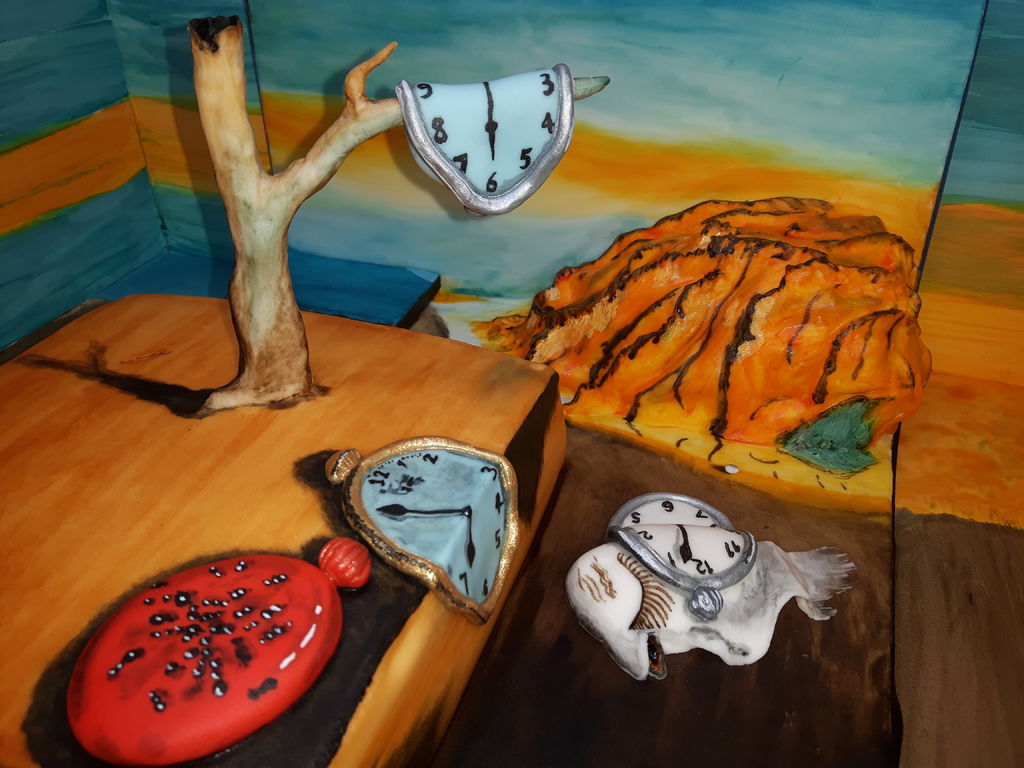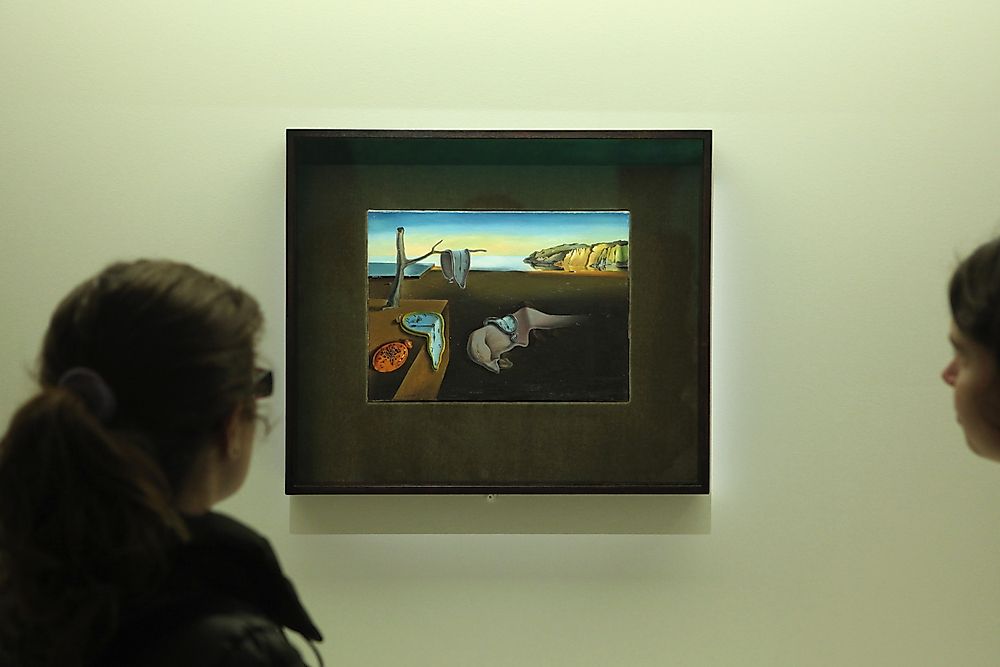

John of the Cross (1951), Swans Reflecting Elephants (1937), and The Dream (1944). Best Known For: Spanish artist and Surrealist icon Salvador Dalí is perhaps best known for his painting of melting clocks, The Persistence of Memory. Among his most famous paintings are The Persistence of Memory (1931), The Elephants (1948), Christ of St. Dalí created more than 1,500 works, including paintings, drawings, book illustrations, designs for costumes and furniture, sculptures, cartoon animations and more. Saatchi Art is pleased to offer the painting, The Persistence of Memory after Salvador Dal painted by Nelli Sntha, by Nelli Santha, available for. His work frequently features elements of symbolism. Spanish, more accurately Catalan surrealist painter known for his distinctive and often bizarre paintings. Salvador Dali Domingo Felipe Jacinto (1904-1989). Prevailing color of this fine art print is brown and its shape is landscape. Petersburg.ĭali painted picture The Disintegration of the Persistence of Memory in 1954. The painting is now stored in the Salvador Dalí Museum in St. Overall, this painting symbolizes the psychological impact on humanity that Dalí anticipates in the era of the atomic bomb. The landscape from the original painting is now fragmented and flooded with water. Again, the motif of the "flowing" clock, which symbolizes the relativity of time, and the motif of the fish, which for Dalí is a symbol of life, appear here. He painted this painting in 1954 as a response to his most famous painting The Persistence of Memory. Les Demoiselles d’Avignon $440.The Disintegration of the Persistence of MemoryDate: 1954 Between 19, Dalí produced some of the most famous surrealist paintings, including his masterpiece, The Persistence of Memory (1931).Sale! The Large Bathers $460.00 $230.00 Add to cart.There are two major museums devoted to his work: The Dalí Theatre-Museum in Figueres, Spain and the Salvador Dalí Museum in Florida. His life and work were an important influence on other Surrealists, pop art and contemporary artists such as Jeff Koons and Damien Hirst. His public support for the Francoist regime, his commercial activities and the quality and authenticity of some of his late works have also been controversial. To the dismay of those who held his work in high regard, and to the irritation of his critics, his eccentric and ostentatious public behavior sometimes drew more attention than his artwork. The Persistence of Memory (1931) is one of the most famous oil paintings by extravagant Salvador Dalí, a key figure of the Surrealist movement.

Major themes in his work include dreams, the subconscious, sexuality, religion, science and his closest personal relationships. He also wrote fiction, poetry, autobiography, essays and criticism. He returned to Spain in 1948 where he announced his return to the Catholic faith and developed his “nuclear mysticism” style, based on his interest in classicism, mysticism and recent scientific developments.ĭalí’s artistic repertoire included painting, graphic arts, film, sculpture, design and photography, at times in collaboration with other artists. Dalí lived in France throughout the Spanish Civil War (1936 to 1939) before leaving for the United States in 1940 where he achieved commercial success. His best-known work, The Persistence of Memor y, was completed in August 1931, and is one of the most famous Surrealist paintings. He moved closer to Surrealism in the late 1920s and joined the Surrealist group in 1929, soon becoming one of its leading exponents. Influenced by Impressionism and the Renaissance masters from a young age, he became increasingly attracted to Cubism and avant-garde movements. This artwork, selected from an extensive portfolio of Dali’s famous oil paintings, reflects his interest on modern science‘s achievements, crossing physics’ abstract theories, including Einstein’s relativity perspective, which has challenged the idea of fixed space and time, and the research of Freud regarding the unconscious and the importance of the dreams.īorn in Figueres, Catalonia, Dalí received his formal education in fine arts at Madrid. Although painted in five hours, as he confessed, the “soft watches” – name often given to this artwork – became immediately one of the strongest and most characteristic icons of his work. The Persistence of Memory (Salvador Dali)Ībsolute landmark in the artistic culture, The Persistence of Memory is one of the most enigmatic works of Salvador Dalí.


 0 kommentar(er)
0 kommentar(er)
